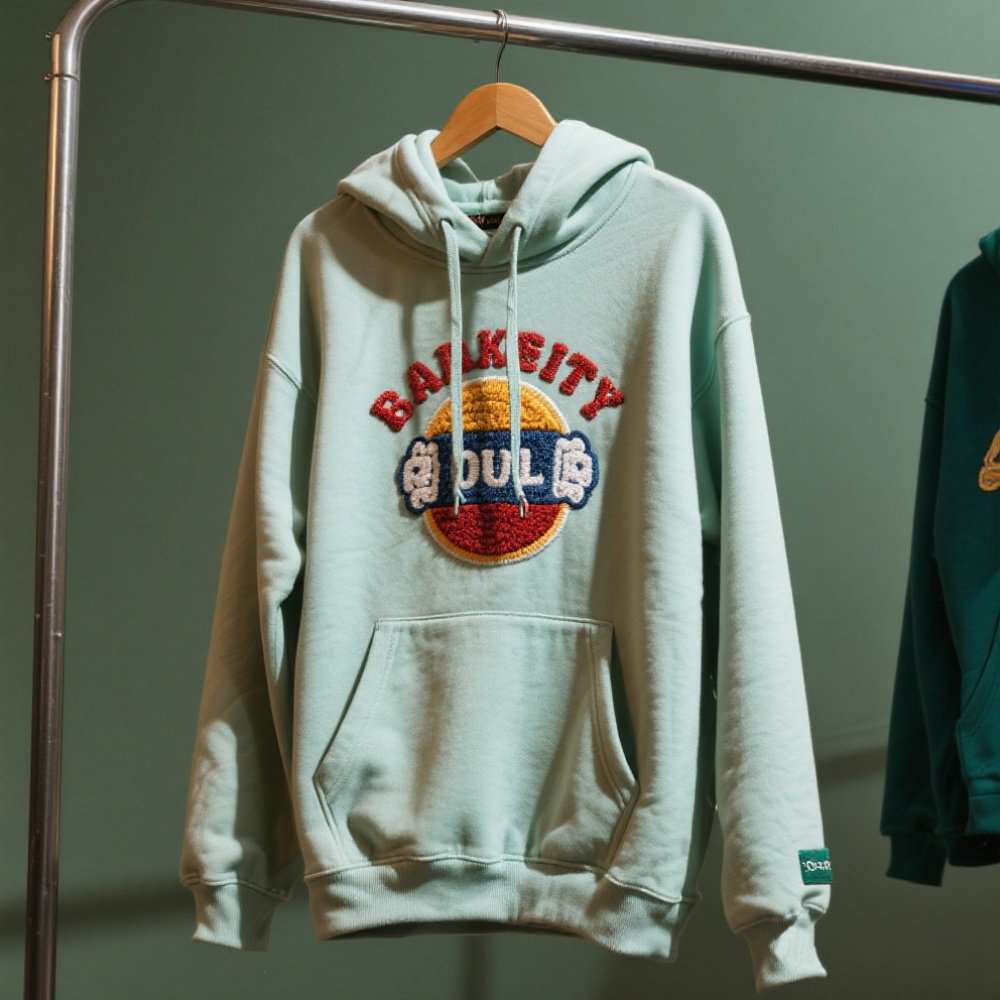As a fashion export manager with over a decade of experience navigating global markets, I’ve long been fascinated by how traditional crafts like embroidery and modern printing techniques intersect with contemporary fashion. These two art forms—rooted in history yet constantly evolving—are far more than decorative; they’re storytelling tools, brand differentiators, and key drivers of consumer demand worldwide. Let’s dive into their essence, craft, and how they shine across key markets.

What Are Embroidery & Printing? A Quick Primer
Embroidery, at its core, is the art of decorating fabric with needle and thread (or yarn). From the intricate floral motifs of Chinese Su Xiu to the bold geometric patterns of Mexican punto de cruz, it’s a craft that turns fabric into a canvas for heritage. Modern embroidery, however, has evolved: machines now replicate hand-stitched details with precision, while 3D embroidery adds texture, making garments feel almost “sculpted.”
Printing, by contrast, uses dyes, inks, or pigments to transfer designs onto fabric. Techniques range from traditional screen printing (ideal for bold, flat colors) to digital printing (which captures photorealistic details and gradients). Unlike embroidery, printing offers unlimited color flexibility and is often faster to produce—critical for fast-fashion brands chasing trends.
Why They Matter: Beyond Aesthetics
Consumers today crave “tactile” fashion. A study by McKinsey (2023) found that 68% of Gen Z shoppers prioritize “texture and detail” when buying clothing, with embroidered pieces scoring higher in perceived quality. Embroidery, with its raised stitches, feels more “authentic” than flat prints—think of a luxury brand’s monogrammed jacket: that tactile logo isn’t just a brand mark; it’s a promise of craftsmanship.
Printing, meanwhile, thrives on versatility. A single print can turn a basic white tee into a statement piece—think Gucci’s retro florals or Off-White’s deconstructed graphics. For fast-fashion giants like H&M or Shein, digital printing allows them to turn Instagram trends into stock in weeks, keeping pace with ever-changing consumer appetites.
Global Market Performance: regional Preferences Unveiled
Let’s break down how these techniques perform across key regions, based on recent trade shows (like Première Vision Paris) and client feedback from our export teams:
- Europe: Tradition Meets Luxury
European buyers, especially in France, Italy, and the UK, lean into heritage. High-end brands favor hand-embroidered details—think of Burberry’s classic check embroidered onto trench coats, or Italian luxury houses using gold-thread embroidery for evening wear. Even mass-market brands like Zara have seen success with “artisanal-inspired” embroidered collections, marketed as “slow fashion” alternatives. Sustainability plays a role here too: organic cotton embroidered with natural dyes (e.g., indigo, madder) is a top seller in eco-conscious markets like Scandinavia. - North America: Bold, Bright, and Trend-Driven
The U.S. and Canada are all about impact. Sports apparel brands like Nike and Adidas dominate with large-format digital prints—vibrant team logos, abstract gradients, or collaborative art pieces (think Travis Scott’s Nike collaborations). For everyday wear, screen-printed graphic tees remain a staple, but embroidery is gaining ground in premium denim: brands like Levi’s now offer custom embroidered back pockets, a nod to personalization. - Asia: Diverse Tastes, Tech-Savvy Demand
Asia’s markets are a study in contrasts. Japan, for instance, adores kawaii (cute) embroidered details—think pastel floral patches on jackets or bags, popularized by brands like sacai. South Korea, a trendsetter in K-fashion, leans into streetwear prints: bold logos, cartoon characters, or retro anime motifs, often paired with reflective or iridescent inks to stand out under neon city lights. Meanwhile, China’s growing middle class is embracing “hybrid” designs—embroidered logos on printed backgrounds, merging tradition with modernity.
The Future: Blending Craft and Tech
What’s next? We’re seeing a rise in “tech-enhanced” embroidery—like LED-embedded threads (popular in music festival wear) or 3D-printed embroidery hoops that speed up production. For printing, waterless digital inks and AI design tools (which generate custom patterns based on social media trends) are revolutionizing turnaround times.
But at the end of the day, it’s the story behind the stitch or print that resonates. A hand-embroidered family crest on a jacket, a print inspired by a local folk tale—these are the details that turn garments from “products” into “possessions.”
As the fashion world continues to evolve, embroidery and printing remain two pillars of creativity. Whether you’re a buyer seeking that “special something” for your clientele or a brand looking to stand out, understanding their global appeal is key.
Stay curious, stay inspired—and keep those creative juices flowing.
Welcome to Sheen’s Blog, where we decode fashion trends, share sourcing insights, and celebrate the art of clothing. Ready to explore custom embroidery or printing for your next collection? Drop us a line—we’re here to help with quotes, samples, and all things fabric! 🧵✨

